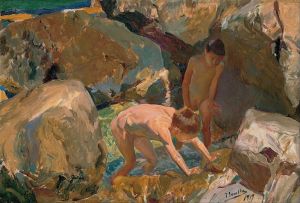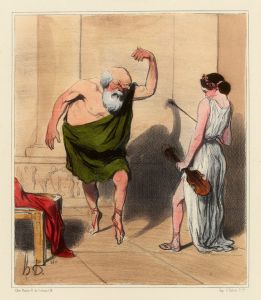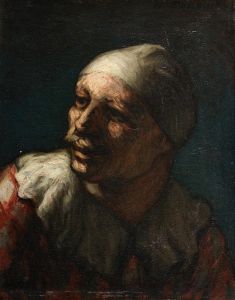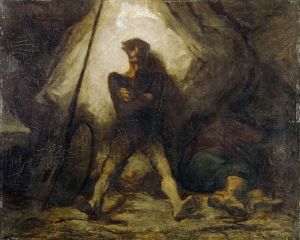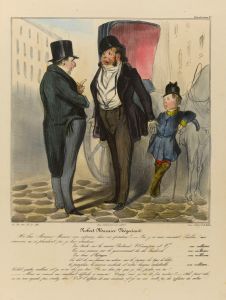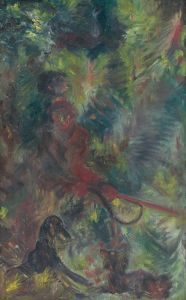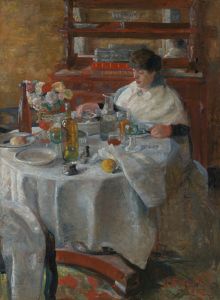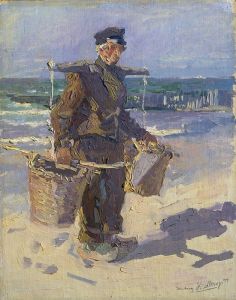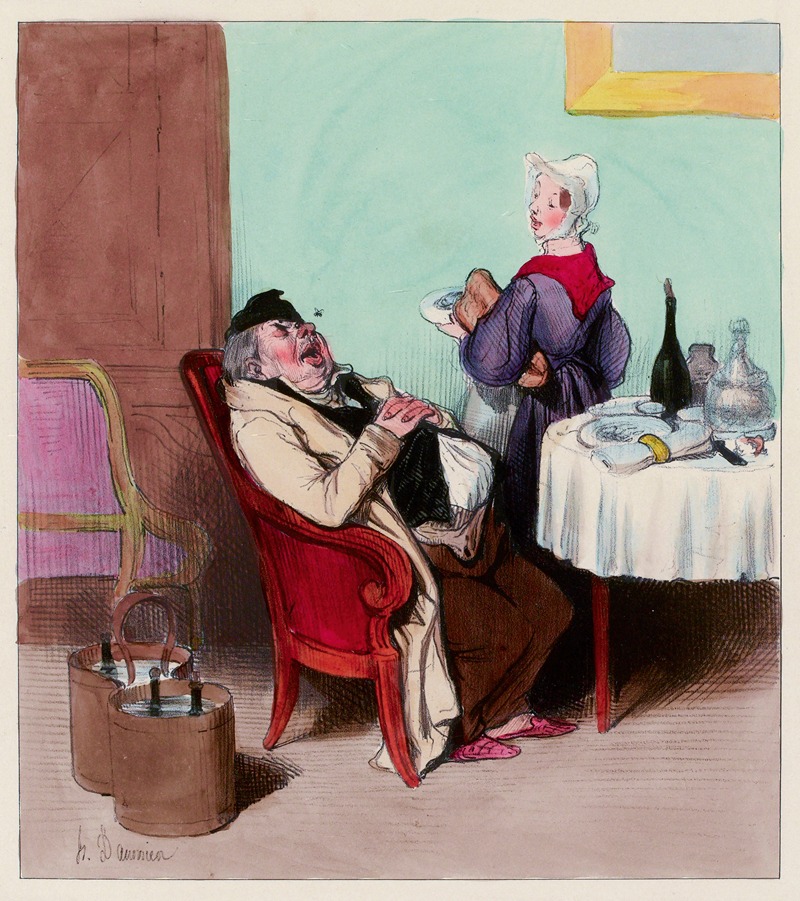
Cours d’histoire naturelle 04 L’huitre
A hand-painted replica of Honoré Daumier’s masterpiece Cours d’histoire naturelle 04 L’huitre, meticulously crafted by professional artists to capture the true essence of the original. Each piece is created with museum-quality canvas and rare mineral pigments, carefully painted by experienced artists with delicate brushstrokes and rich, layered colors to perfectly recreate the texture of the original artwork. Unlike machine-printed reproductions, this hand-painted version brings the painting to life, infused with the artist’s emotions and skill in every stroke. Whether for personal collection or home decoration, it instantly elevates the artistic atmosphere of any space.
Honoré Daumier's "Cours d’histoire naturelle 04 L’huitre" is one of the lithographs from his satirical series titled "Cours d’histoire naturelle," which translates to "Course in Natural History." Daumier, a French artist renowned for his caricatures, lithographs, and paintings, created this series as part of his broader body of work that often critiqued societal norms, politics, and human behavior during the 19th century.
The lithograph "L’huitre," meaning "The Oyster," was published in the satirical French newspaper Le Charivari. This publication frequently featured Daumier's works, which were known for their humor and sharp social commentary. The "Cours d’histoire naturelle" series humorously anthropomorphizes animals and objects, presenting them in a pseudo-scientific manner to parody the scientific and educational trends of the time. In this particular piece, Daumier uses the oyster as a subject of satire, though the exact details of the humor or critique in this specific lithograph are not widely documented.
Daumier's works, including this series, were created using the lithographic process, a printmaking technique that allowed for the mass production of images. This method was particularly suited to Daumier's style, as it enabled him to produce bold, expressive lines and capture the exaggerated features and gestures that characterized his caricatures.
As with much of Daumier's art, "L’huitre" reflects the cultural and intellectual climate of 19th-century France. During this period, there was a growing public interest in natural sciences, spurred by advancements in biology, geology, and other fields. Daumier's satirical take on this trend highlights the sometimes absurd ways in which scientific concepts were popularized or misunderstood by the general public.
Honoré Daumier (1808–1879) is considered one of the most important social commentators of his time. His works spanned various media, including painting, sculpture, and printmaking, but he is best remembered for his lithographs, which often critiqued the political and social issues of his day. While "L’huitre" may not be as widely recognized as some of his other works, it remains a part of his extensive and influential oeuvre.
Further details about the specific content or reception of "L’huitre" are limited, as much of Daumier's work was produced for ephemeral publications and was not always extensively documented. However, the piece is emblematic of his ability to blend humor, artistry, and social critique.





